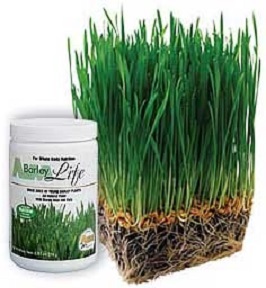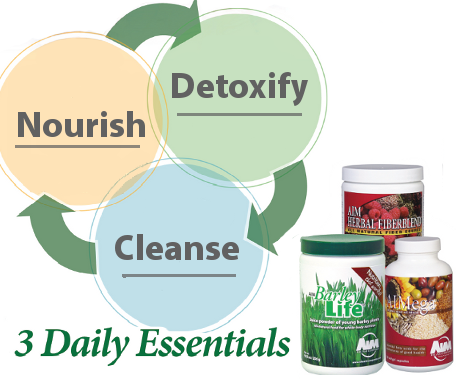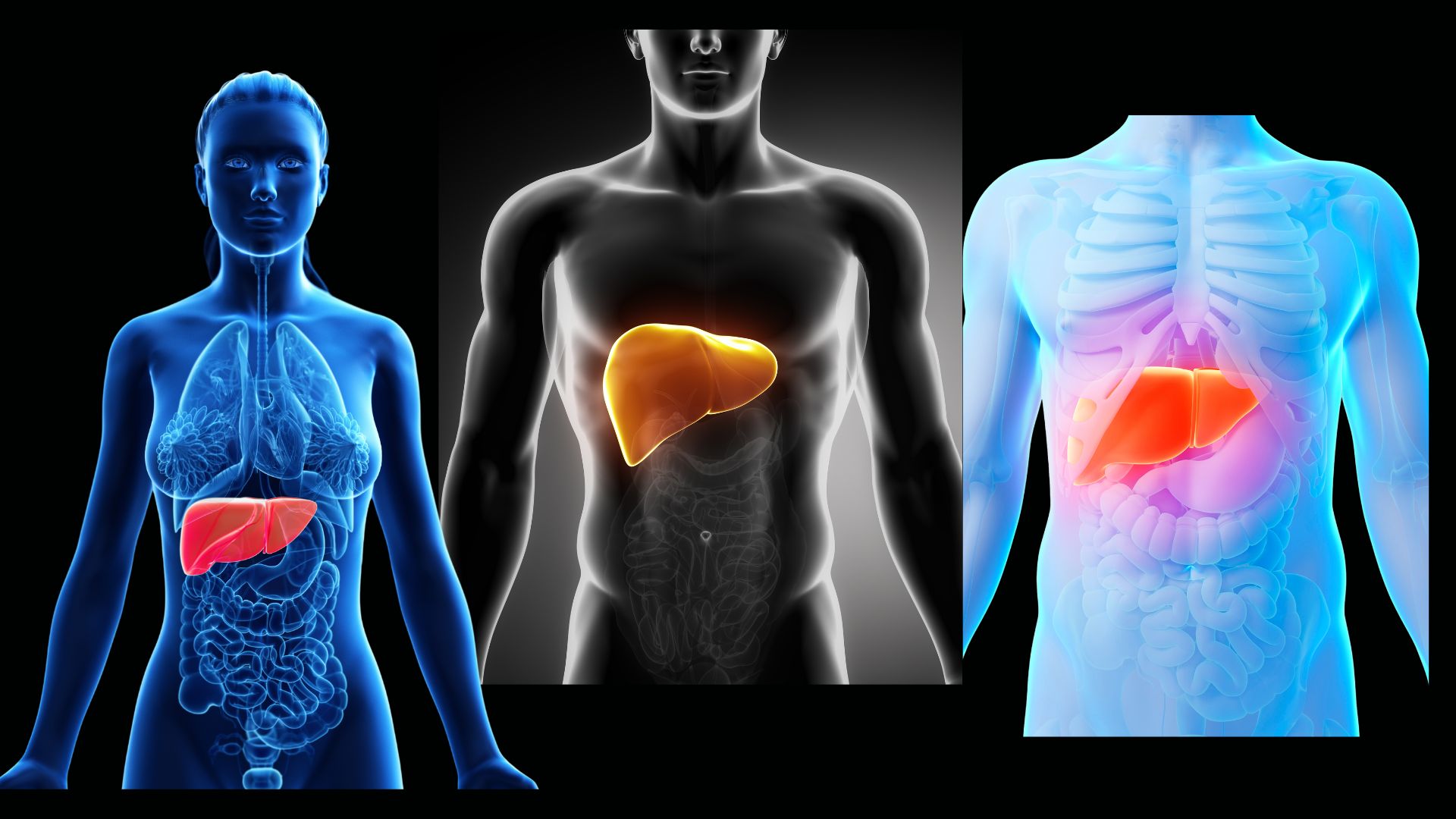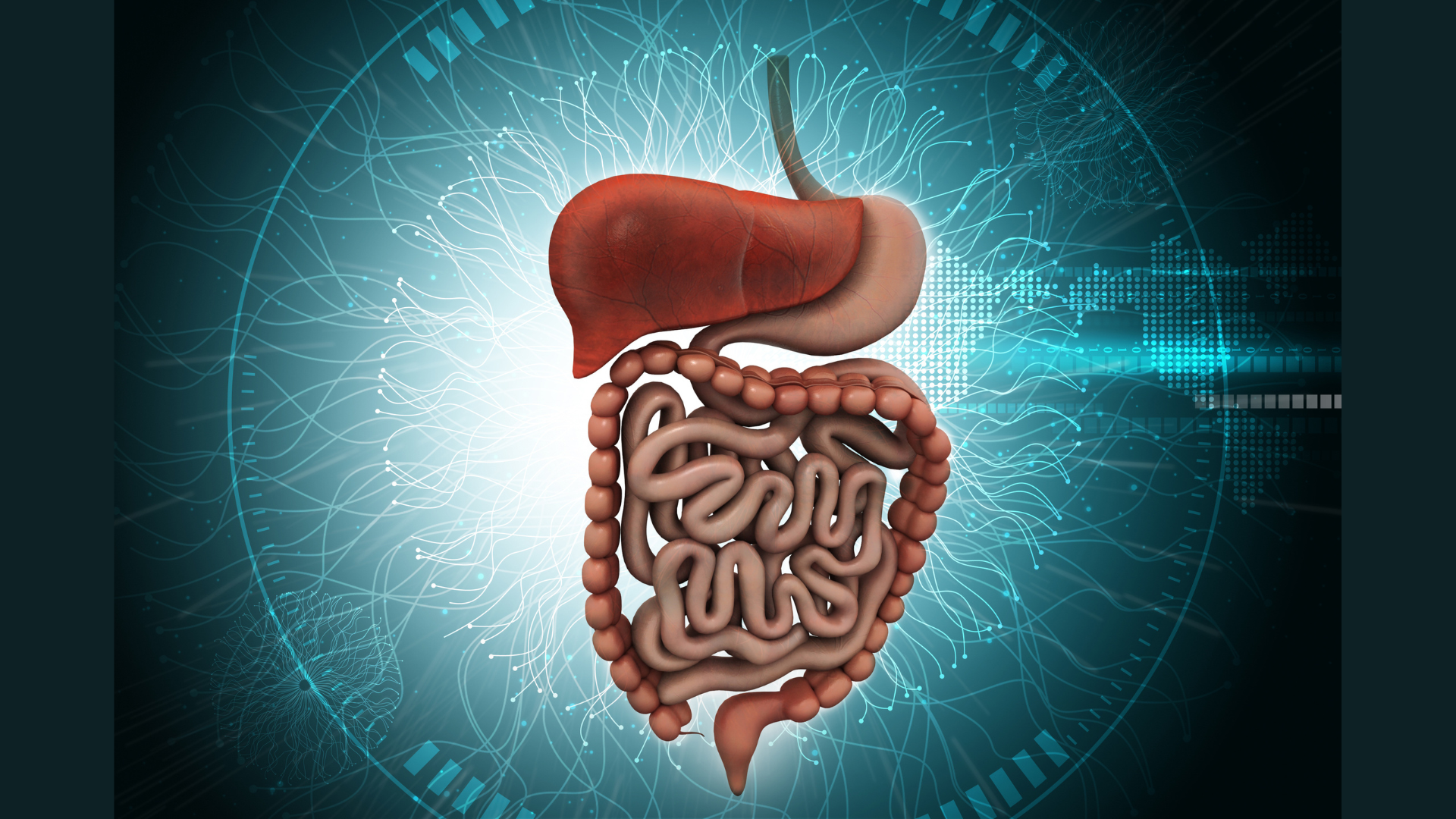Is Life Better With Barley Grass?
The Research Behind the Health Benefits of Barley Grass
Barley is a plant that is adept at growing in a variety of climates and has been used as a food and for medicinal purposes for thousands of years. These days, health advocates claim there are numerous health benefits to supplementing your diet with barley grass. Is there truth behind these claims?

While barley is often consumed as a grain, the leaf or very young grass is most popular for health purposes due to it's heightened nutritional content. It's medicinal use dates back to 7000 BC with history showing it used as a treatment for skin, blood and even GI disorders, while the ancient gladiators used it as power food for strength and stamina. In modern times there is some promising research in the areas of cancer, antioxidant activity and cardiovascular health.
Barley grass does contain many nutrients, which is the reason many claim its purported health benefits. It is rich in Vitamins A, C, B1, B2, folic acid, B12, calcium, iron, potassium, chlorophyll (which helps chelate chemicals from the body), and all nine essential amino acids, which are considered essential because our bodies do not make them.
Therapeutic Uses of Barley Grass
The powerful health effect of grasses have been studied since the 1930s. Of course we know that animals that eat grass over grains are far healthier than their counterparts. We can take this a step further with the assertion that we, too, are animals which may be why research shows a variety of positive health effects that grasses have on humans. Some researchers feel the health benefits may be due to the nutritional components of chlorophyll, alpha-tocopherl succinate (a relative of Vitamin E) and the enzyme Superoxide Dismutase (SOD for short).
Supeoxide Dismutase
Plant SOD enzymes work as antioxidants in the human body and are responsible for the elimination of superoxide radicals, meaning they are responsible for destroying these particular disease causing free radicals. The effects of SOD have been shown in research to naturally counteract or protect cells from damage from a number of factors including; ozone, pesticides, nutrient deficiencies and even UV rays, and low levels are associated with liver disease, cancer and even in children with chronic liver disease.
To study the benefits of supplementation with SOD, early attempts at using this powerful enzyme isolated did not work as it breaks down quickly in stomach acids. The problem was remedied by using plant grasses, barley grass included, to help transport the enzyme into the intestinal tract. (1)
Two studies were published in the peer-reviewed science journal, Diabetes and Metabolism (2002, Vol. 28, 107-114), using a product called Green Magma (ingredients of powdered juice from organic young barley grass, organic maltodextrin and organic brown rice). In one study, researchers found that daily intake of of barely grass juice powder helped lower LDL oxidation as well as free radical activity in the bloodstream, indicating it is a powerful antioxidant helping to ward off cancer activity. (2) In another study, it was indicated that barely grass juice powder may scavenge oxygen free radicals (cancer causing agents), and inhibit LDL oxidation in Type 2 Diabetes. (3)
The enzyme SOD has a wide range of uses and one of them is that it is a known anti-inflammatory, which may explain why some users of barley grass report a reduction in arthritic pain. According to an article published in the US National Library of Medicine, the SOD enzyme from various sources prove to have an positive effect on inflammation. (4)
Cancer Cell Death With Alpha-TOS
According to the Institute for Prevention of Cardiovascular Diseases and Medical Policlinic at the Ludwig-Maximilians-University in Germany, alpha-tocopheryl succinate (alpha-TOS for short) can cause death in cancer cells. (5) This is confirmed by studies published in the journal for the American Association for Cancer Research, which states that Tocopheryl succinate (vitamin E succinate or VES) “is a potent antitumor agent.” (6) Alpha-tocopheryl succinate has been proven to protect against oxidative stress, a factor in cancer, therefore is has been established that alpha-tocopheryl succinate is “the most effective form of vitamin E for adjuvant cancer treatment.” (7,8)
Chlorophyll Health Benefits
Chlorophyll is found in many green plants, including barley grass. Many people use this as a remedy for bad breath or general body detoxification. But, surprisingly, it is used by medical professionals in the treatment of pancreatitis. For patients that experience chronic pancreatitis, chlorophyll-a is given intravenously, leading to less pain and even showed amylase (enzyme) activity returned to normal. (9)
The protective mechanism of chlorophyll in the human body is a
very basic form of chelation; it simply binds and isolates toxins
(carcinogens, metals, etc.) and then carries them out of the body.
According to Science Daily, it is this main mechanism that allows
studies to claim that chlorophyll can help in prevention of cancer.
(10)
The conclusion of these studies does show that barley grass can be
a powerful contributor to prevention and even relief of symptoms from
various diseases. Some attribute the SOD enzyme as the key component
while others contribute chlorophyll to such healing effects. Either
way, taking the research at face value along with the many anecdotal
claims of health benefits shows us there may be some substance to the
health benefits.
Luckily these effects are not limited to just barley grass, but seem to be shared among the grasses. Barley grass may be easier and less expensive to obtain as a dietary supplement because it is a versatile plant that can be grown in a wide variety of climates, while some even grow it at home. As a dietary supplement, it can be purchased alone or in a combination with other superfoods such as chlorella or spirulina. Most health advocates prefer organic when possible and even packaged in such a way as to leave in tact the enzymes, which many feel ensure it's potency, such as the product, Greener Grasses. Either way, this super food is accessible for all of us to enjoy the many benefits.
RESOURCES:
- Muth CM, Glenz Y, Klaus M, et al. Influence of an orally effective SOD on hyperbaric oxygen-related cell damage. Free Radic Res. 2004 Sep;38(9):927-32.
- Liu WC, Tsai CE. Young Barley Leaf Prevents LDL Oxidation in Humans. Food Science and Agricultural Chemistry [published by The Chinese Institute of Food Science and Technology] Vol. 4 (3): 110-116 (2002).
- Yu YM, Chang WC, Chang CT, Hsieh CL, and Tsai CE. Effects of barley leaf extract and antioxidative vitamins on LDL oxidation and free radical scavenging activities in type 2 diabetes.Diabetes Metab Vol. 28 (2): 107-114 (2002).
- Gow A, Ischiropoulos H. Super-SOD: superoxide dismutase chimera fights off inflammation. Am J Physiol Lung Cell Mol Physiol. 2003 Jun;284(6):L915-6
- Neuzil, J., T. Weber, and A. Schroder. "Result Filters." National Center for Biotechnology Information. U.S. National Library of Medicine, 15 Feb. 2001. Web. 01 Oct. 2015.
- Huihong, You, Yu Weiping, and Bob G. Sanders. "RRR-{alpha}-Tocopheryl Succinate Induces MDA-MB-435 and MCF-7 Human Breast Cancer Cells to Undergo Differentiation." Cell Growth & Differentiation. American Association for Cancer Research, Sept. 2001. Web. 1 Oct. 2015.
- Vouldoukis I, Conti M, Krauss P, et al. Supplementation with gliadin-combined plant superoxide dismutase extract promotes antioxidant defences and protects against oxidative stress. Phytother Res. 2004 Dec;18(12):957-62.
- Prasad, K. N. "Result Filters." National Center for Biotechnology Information. U.S. National Library of Medicine, 22 Apr. 2003. Web. 02 Oct. 2015.
- Toshitsugu, Oda. "On the Successful Treatment of Pancreatitis with Chlorophyll-a and Inhibitory Effects of Its Derivatives on Trypsin and Other Protease Activities in Vitro." ResearchGate. Journa of Gastroenterology, Jan. 2008. Web. 02 Oct. 2015.
- Oregon State University. "Chlorophyll can help prevent cancer
-- but study raises other questions." ScienceDaily.
ScienceDaily, 16 January 2012.








